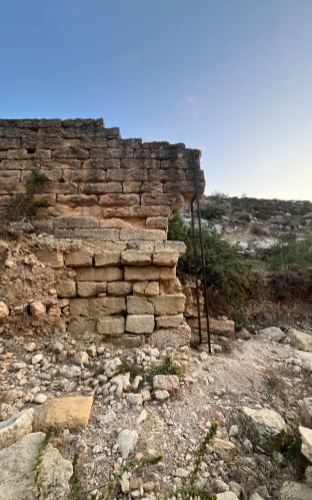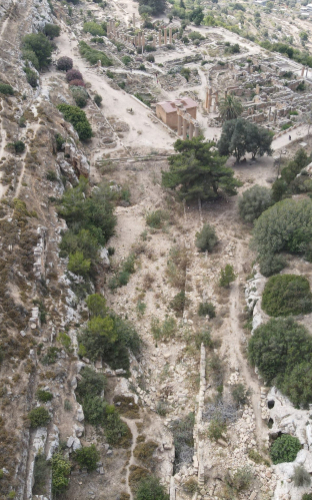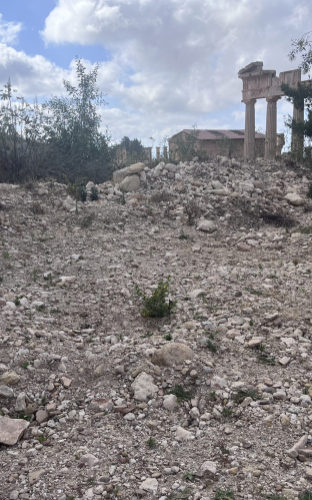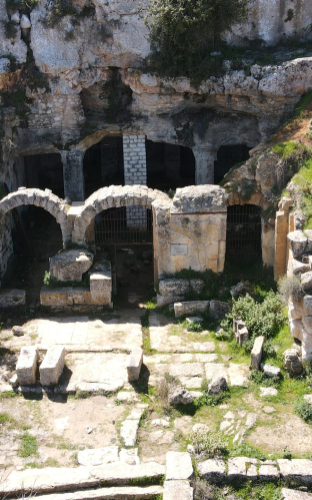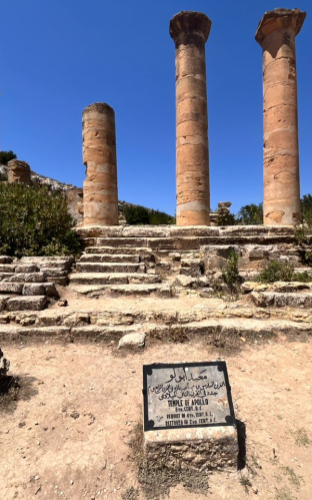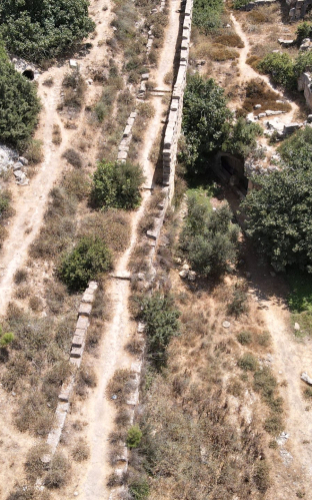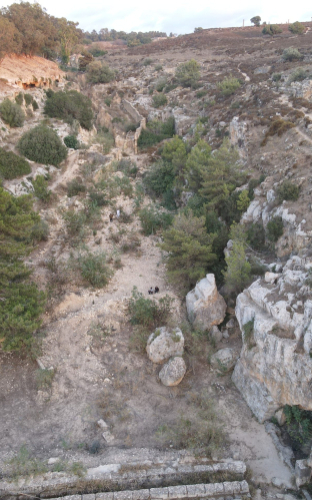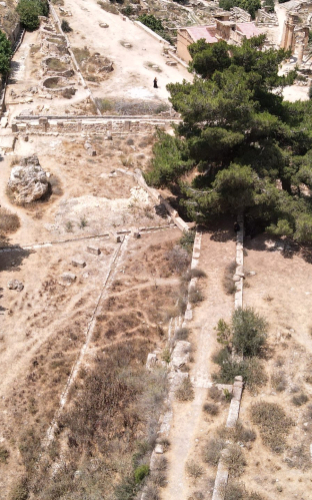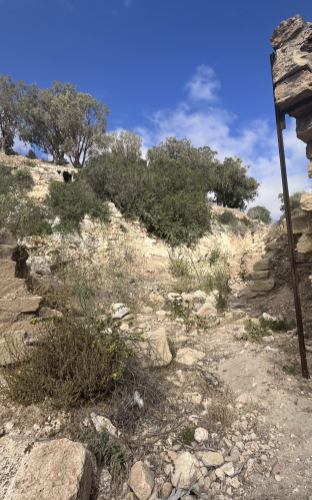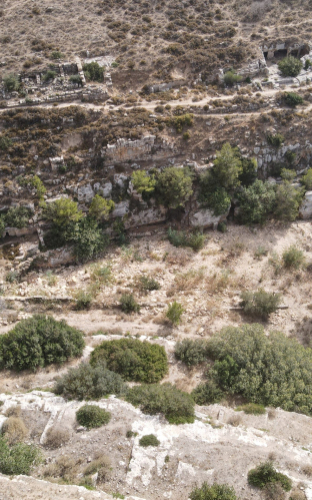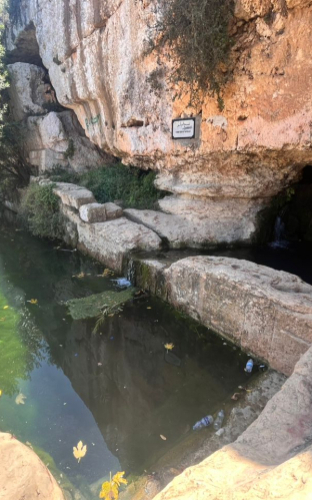

Cyrene Conservation Initiative
Project Overview and Updates
Project Name: Cyrene Conservation Initiative
Project Supporter: The American Institute for Roman Culture / Ancient Rome Live
Project Partner: Libyan Department of Antiquities
Project Status: Ongoing
Project Location: Cyrene, Libya
Project Summary:
The Cyrene Conservation Initiative is a 12-month conservation and heritage education project at the World Heritage Site of Cyrene in eastern Libya developed in collaboration with the Libyan Department of Antiquities (DOA). The project is a direct response to the effects of catastrophic flooding from Storm Daniel in September 2023 on the iconic Sanctuary of Apollo terrace and the adjacent Valley Street access route. During this storm, sustained flooding down Valley Street and into the eastern half of the Sanctuary of Apollo terrace resulted in deep trenching into unexcavated archaeological strata, damage to standing archaeological remains and the access path, and the mass deposition of dislocated stone, soil, and archaeological materials into the terrace area.
Two years later, these impacts continue to limit safe access to the site for Libyan and international visitors. To improve appreciation and understanding of this singular site for present and future generations, the project pursues three interrelated objectives: (1) document and protect heritage affected by the flooding; (2) restore safe access to heritage on the Sanctuary of Apollo terrace; and (3) expand on-site educational materials for site visitors.
Site Significance:
Cyrene is a unique expression of Greco-Roman culture and urban life in North Africa due to its socio-economic history and its adaptation to its natural environment on the northern slopes of the Jebel Akhdar plateau. The city is the earliest successful Greek colony in North Africa, founded in the late seventh century BCE by colonists from the island of Thera. In the centuries that followed, the city and its residents prospered thanks in part to their control of access to silphium (a local, wild plant with medicinal, culinary, and cosmetic uses that was highly valued throughout the greater Mediterranean world). Despite warfare and multiple severe natural disasters that damaged the city, Cyrene remained a major city in the eponymous region of Cyrenaica until at least the Islamic conquests of the seventh century CE.
The significance of Cyrene is inseparable from its natural environment. Perennial springs at the base of a cliff initially attracted the Greek colonists, who settled on the rocky heights above. From here, the residents could see all the way to the Mediterranean Sea, a view that continues to impress modern site visitors. The two springs—dedicated to Apollo and Cyra, the city’s mythical founder—issued out onto a lower terrace that became the sacred precinct of the city, with a Temple of Pythian Apollo at its heart. Over time, additional temples and subsidiary structures were added to the space around the Temple of Apollo and the entire area functioned as a locus for the civic and religious life of the city.
